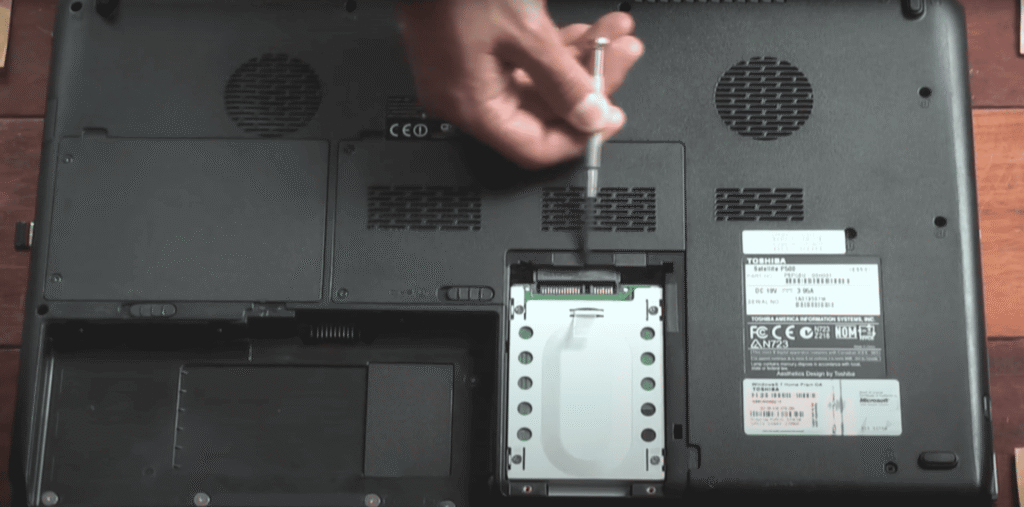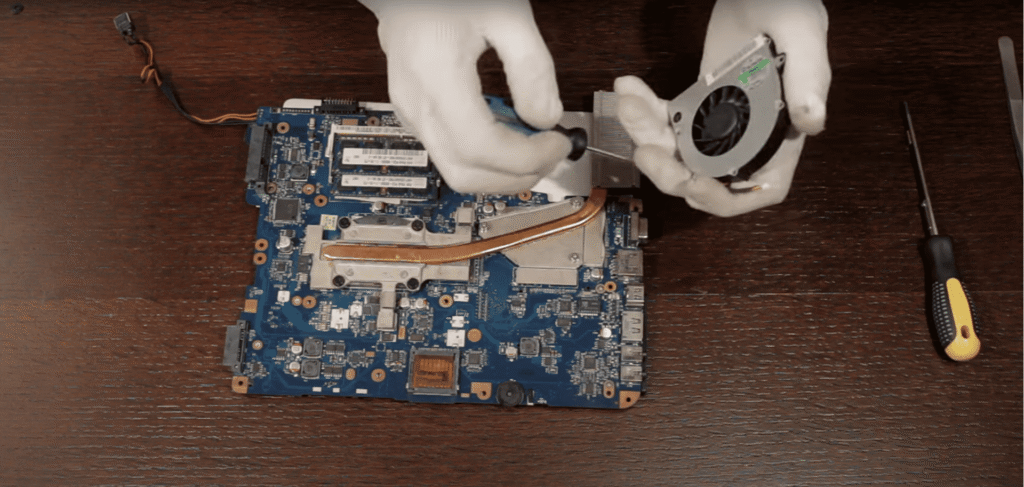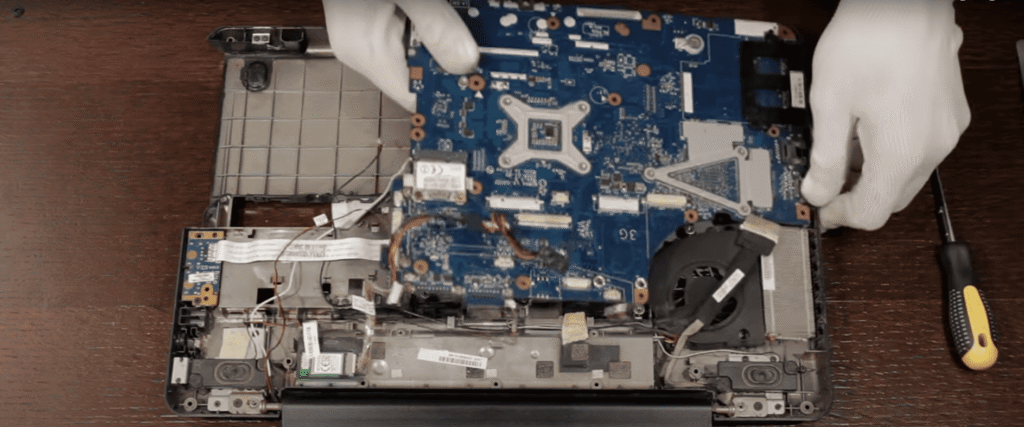Introduction
The machine wasn’t bought for labs — it was forgotten in a box.
My Toshiba Satellite L500-13W originally ran Windows 7 and later a Kali Linux installation that never behaved well. Heavy resource use, overheating, keyboard misconfiguration, and recurring disk errors turned it into a liability rather than a learning asset.
With targeted repairs, a lightweight OS, and a design focus on stability, I turned it into a fast, predictable, and silent cybersecurity lab device — ideal for budget-conscious Blue Team practice.
Hardware Overview & Initial Issues
- CPU: Intel Core 2 Duo
- RAM: 4 GB DDR2
- Storage: 250 GB 2.5″ SATA HDD (original) → later upgraded
- Boot Mode: Legacy BIOS only
- I/O: USB 2.0 (doesn’t reliably detect USB 3.0 sticks)
- Keyboard: Portuguese layout, initially misconfigured
- Thermals: Fan failure and overheating
- Storage Health: SMART errors and boot instability under Kali Linux
Why MX Linux?
Based on Debian Stable, MX Linux offers predictable behaviour on legacy hardware. It provided:
- Low overhead through XFCE, keeping memory usage well below 1 GB at idle
- Excellent support for BIOS-only systems
- Strong driver compatibility, including thermal and sensor utilities
- Access to the full Debian repository for security tooling
- A calmer, more stable environment than rolling-release distros often used for offensive security
For defensive and cloud-security learning, stability matters more than bleeding-edge packages.




What I Did
1. Restoring Cooling Performance
Using iFixit teardown references, I disassembled the laptop, cleaned the fan and ventilation channels, reapplied thermal paste, and reseated components. Thermal throttling and shutdowns disappeared.
(Repair notes and photos are in the GitHub repo.)
2. Preparing a Bootable USB (USB 2.0 Only)
After downloading the MX Linux 23 ISO, I wrote it using Rufus on Windows:
- File system: FAT32
- Partition Scheme: MBR
- Target: BIOS or UEFI-CSM
Booting via F12 worked consistently.
3. SMART Warning on Installation Attempt
The installer flagged high disk-failure probability. Rather than ignore it, I stopped — a useful reminder that OS issues are often symptoms of hardware problems, not causes.
4. Upgrading the Drive to SSD
I replaced the HDD with a Crucial BX500 240 GB SATA SSD, a low-power, compatible option for this model. Boot times dropped dramatically, and IO errors vanished.
5. Final Installation of MX Linux
Install settings:
- Keyboard: Portuguese (pt)
- Time zone: Europe/Lisbon
- Partitioning: Ext4 + swap
Verification:
setxkbmap pt
Additional tuning:
- tlp for power and thermal management
- Minor XFCE optimisations for responsiveness
- Enabled SMART monitoring for the new SSD
Core Cybersecurity Tooling Installed
Network & System Analysis
nmapwiresharklynisclamav
Vulnerability & Host Security
openvasfail2banufw
Developer & Automation Tools
- Python 3 + pip
- Git
- Geany
- VS Code (extensions for Python, YAML, Terraform, and GitHub Actions)
This combination aligns with common SOC analyst workflows: triage, scanning, packet inspection, log analysis, and basic automation.
Results
The laptop now boots in under 30 seconds, stays thermally stable under sustained scanning and packet capture, and runs all defensive tooling without noticeable lag. The transformation reinforced a key lesson: legacy hardware can still support high-quality practical learning when optimised properly.
Why This Matters for My Blue-Team and Cloud Journey
Reviving this laptop wasn’t just a repair exercise. It was a disciplined process of:
- assessing constraints
- stabilising a system
- validating assumptions with real telemetry
- ensuring reproducibility
- deploying tooling aligned with SOC and cloud-security practice
These are the same habits required in professional environments across the UK and EU — from small MSP SOC teams to cloud-first organisations adopting AWS security services.
Next Steps
- Publish repeatable SOC and AWS lab environments that run efficiently on lightweight hardware
- Build automation scripts for log collection, enrichment, and alert simulation
- Document lessons on my blog and GitHub for other learners and teams building cost-efficient internal labs
Links
- GitHub Repo: toshiba-legacy-linux-hardening-lab
- Portfolio Entry: Legacy Laptop Recovery & Linux Hardening
- LinkedIn Post: From Obsolete Laptop to Hardened Linux System (Hands-On Recovery Lab)
Tags: Cybersecurity, MX Linux, Blue Team, SOC, Debian, Linux, Legacy Hardware, AWS, EU Remote Work
Categories: Engineering Notes / Practical Labsware